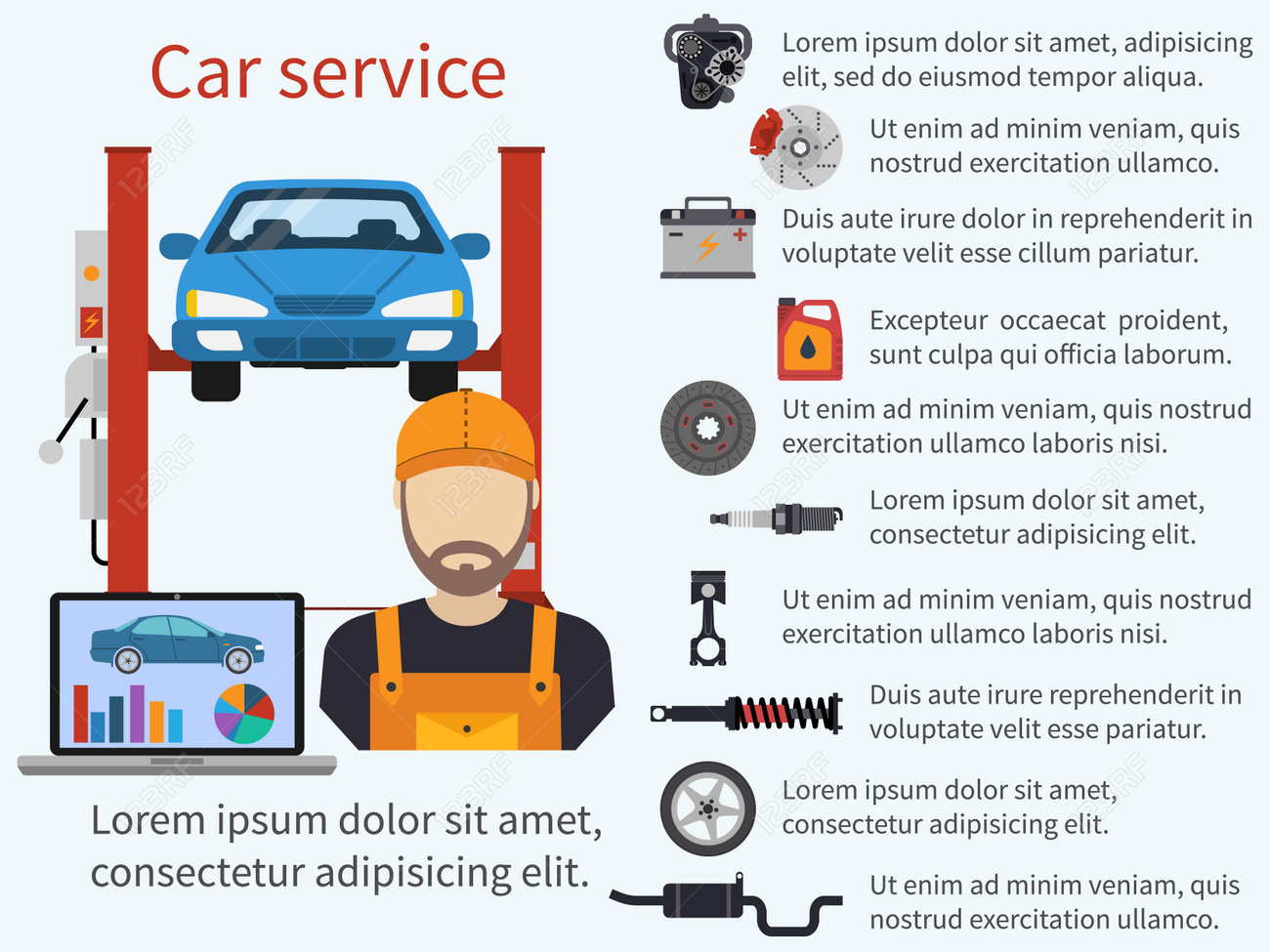Deciphering Your Car'S Caution Indicators: What They Really Signify
Deciphering Your Car'S Caution Indicators: What They Really Signify
Blog Article
detail club -Termansen Alvarado
When you're behind the wheel, those radiant caution lights on your control panel can be a bit perplexing. Do you recognize what they're attempting to inform you regarding your vehicle's health? Comprehending the significance of these lights is vital for your security and the durability of your lorry. So, the next time one of those lights appears, wouldn't you wish to understand its message accurately and take the required steps to address it?
Common Caution Lights and Interpretations
Determine typical caution lights in your automobile and understand their significances to guarantee secure driving.
The most regular warning lights include the check engine light, which signals issues with the engine or discharges system. If this light begins, it's important to have your lorry inspected promptly.
The oil pressure advising light suggests reduced oil stress, needing immediate attention to avoid engine damages.
A blinking battery light might suggest a defective charging system, possibly leaving you stranded otherwise attended to.
The tire pressure surveillance system (TPMS) light signals you to low tire stress, affecting car stability and gas efficiency. Disregarding this might cause risky driving conditions.
The abdominal light shows a trouble with the anti-lock stopping system, compromising your capacity to quit rapidly in emergency situations.
Last but not least, the coolant temperature alerting light warns of engine getting too hot, which can cause severe damages if not resolved swiftly.
Comprehending these common warning lights will help you deal with problems quickly and maintain safe driving problems.
Significance of Prompt Interest
Recognizing the usual caution lights in your cars and truck is only the primary step; the relevance of immediately addressing these cautions can't be emphasized sufficient to ensure your security when driving.
When a caution light illuminates on your dashboard, it's your automobile's means of connecting a prospective problem that requires attention. Neglecting these warnings can lead to extra severe issues later on, compromising your safety and potentially costing you extra out of commission.
Trigger interest to alerting lights can avoid breakdowns and mishaps. As https://www.aftermarketnews.com/christian-brothers-announces-signed-agreement-to-bring-car-repair-to-irmo/ , a blinking check engine light could suggest a misfire that, if left unattended, might create damages to the catalytic converter. Addressing this promptly can conserve you from a pricey repair service.
Similarly, a brake system cautioning light might signify low brake liquid or worn brake pads, crucial parts for your safety when driving.
DIY Troubleshooting Tips
If you see a warning light on your dashboard, there are a couple of DIY troubleshooting tips you can attempt before looking for specialist assistance.
The first step is to consult your auto's guidebook to recognize what the details warning light shows. Sometimes https://chanceaupje.blazingblog.com/31286668/prepare-to-discover-the-fact-regarding-auto-repair-with-surprising-discoveries-that-will-change-your-viewpoint-you-won-t-believe-what-you-ve-been-missing can be as simple as a loosened gas cap triggering the check engine light. Tightening up the gas cap may deal with the trouble.
An additional common concern is a low battery, which can set off various cautioning lights. Examining the battery connections for rust and guaranteeing they're secure may repair the trouble.
If a caution light continues, you can attempt resetting it by disconnecting the auto's battery for a few minutes and then reconnecting it. Furthermore, examining your lorry's fluid levels, such as oil, coolant, and brake fluid, can help troubleshoot cautioning lights connected to these systems.
Verdict
To conclude, recognizing your auto's caution lights is important for keeping your automobile running efficiently and securely. By immediately attending to these alerts and recognizing what they imply, you can avoid expensive repair work and possible failures.
Bear in mind to consult your auto's guidebook for specific information on each cautioning light and take action appropriately to make sure a trouble-free driving experience.
Stay educated, stay secure on the road!
